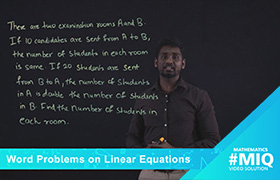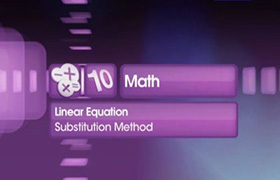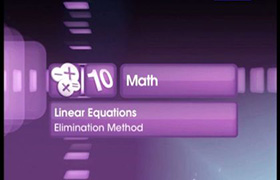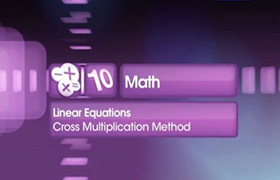CBSE Class 10 Answered
An arithmetic progression or arithmetic sequence is a sequence in which the difference between any two consecutive terms is constant. The difference between the consecutive terms is known as the common difference and is denoted by d. Let us understand this with one example.
Let’s check whether the given sequence is A.P: 1, 3, 5, 7, 9, 11. To check if the given sequence is in A.P or not, we must first prove that the difference between the consecutive terms is constant. So, d = a2– a1 should be equal to a3– a2 and so on… Here,
d = 3 – 1 = 2 equal to 5 – 3 = 2
Here we can see that the difference is common to both the terms. So, we can say that the given sequences are in arithmetic progression.











